
Oakleaf Hydrangea
The Oakleaf Hydrangea (Hydrangea quercifolia) is a stunning, shade-loving native to the Southeast. A plant with year-round interest, this shrub has oak-like leaves and pyramidal white blooms.

Plant This, Not That
Popular landscaping plants often include non-natives and invasive species that do not benefit ecosystems (sometimes even causing extreme harm!). We’d like to share several native alternatives that support our Southern Appalachian habitat and bring beauty to your space!

Mountain Laurel
The Mountain Laurel (Kalmia latifolia) is a beautiful broadleaf evergreen home to the slopes of the Appalachian Mountains. In late spring, the cup-shaped flowers open to reveal hues of white and dusky pink.
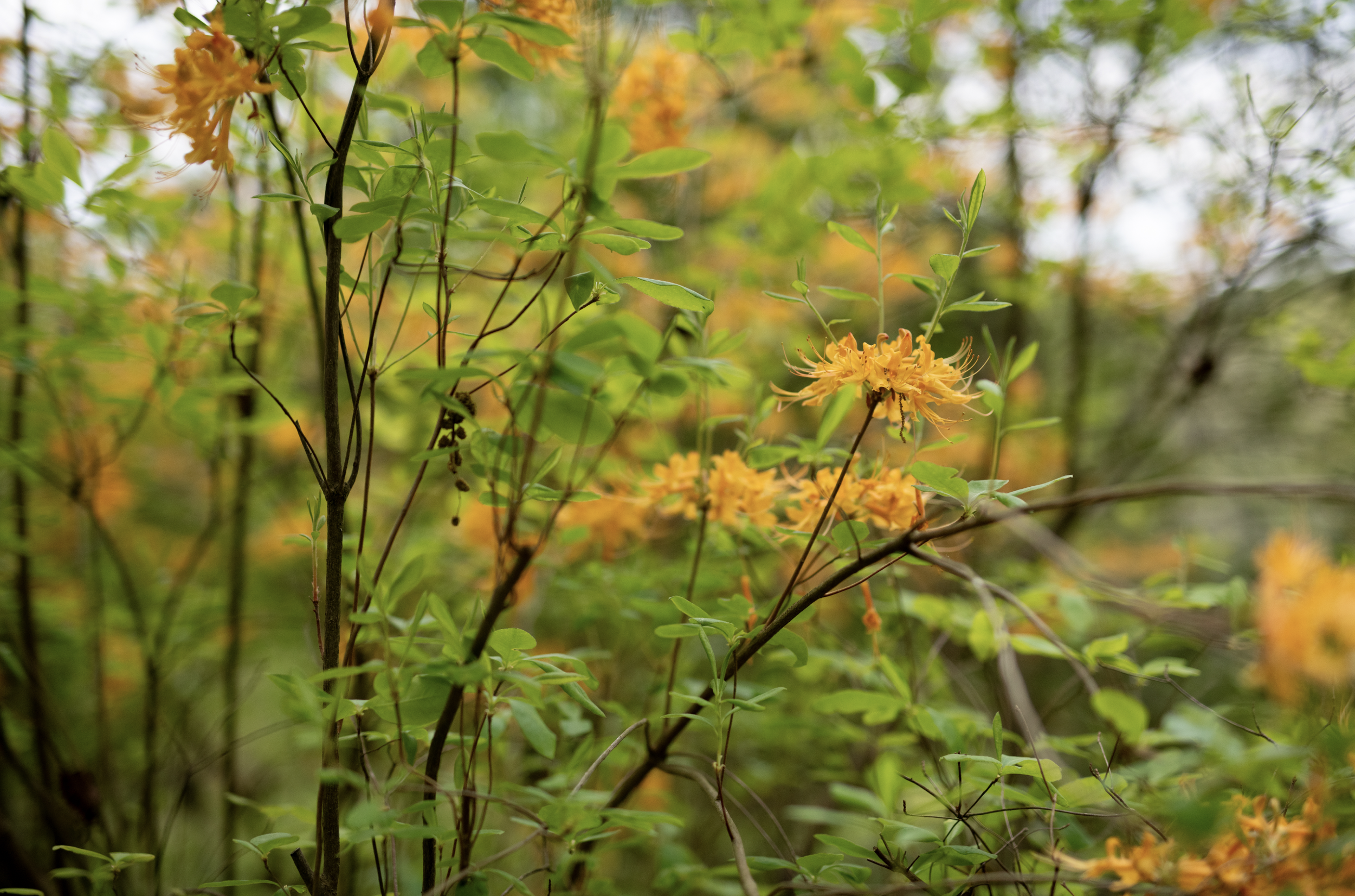
Florida Flame Azalea
The Florida Flame Azalea (Rhododendron austrinum) is a striking deciduous shrub with vibrant, fiery blooms that ignite in early-to-mid spring. The plant attracts many kinds of pollinators—from hummingbirds to bees!
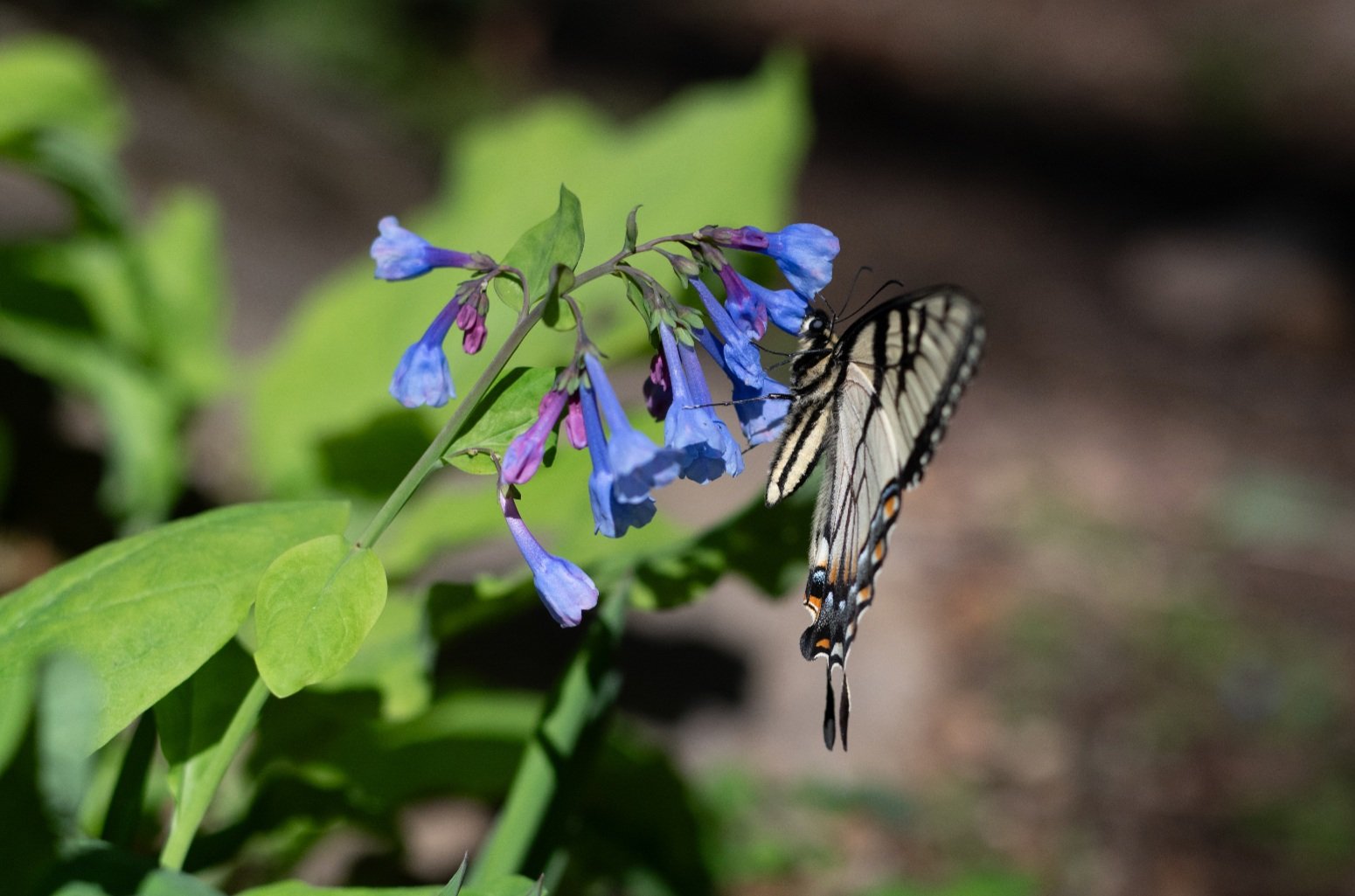
Virginia Bluebell
The Virginia Bluebell (Mertensia virginica) is a herbaceous perennial wildflower. These flowers share the first blooms of the season and beckon early pollinators, such as long-tongue bees and hummingbirds.
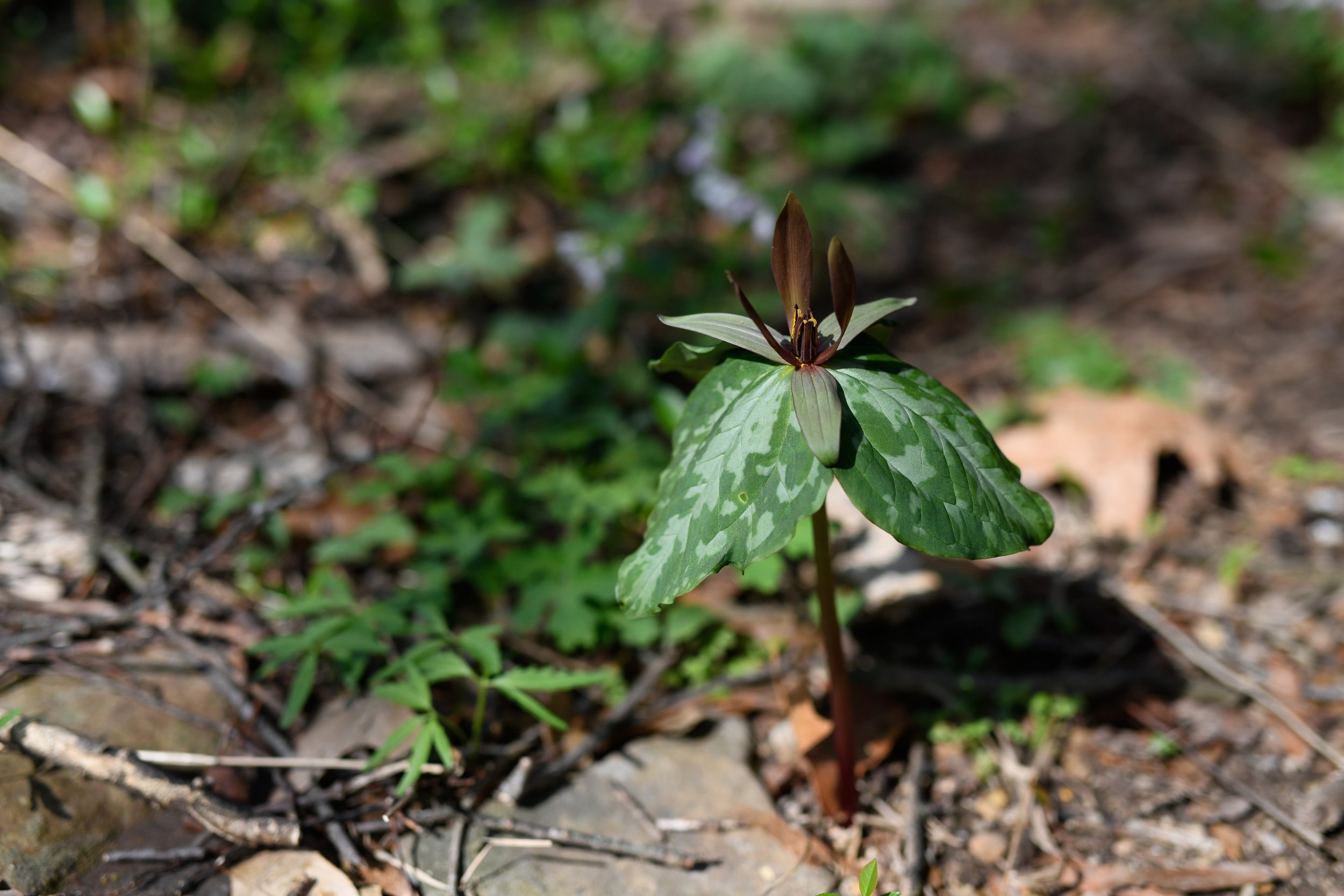
Trillium, Woodland’s Bloom
The Trillium is an icon of Southern Appalachia. A plant of many names (Wakerobin, Toadshade, Wood Lily, and more), Trillium spp. accounts for nearly 50 species in the family Melanthiaceae. As a woodland spring ephemeral, this plant shares some of the first blooms of the year!
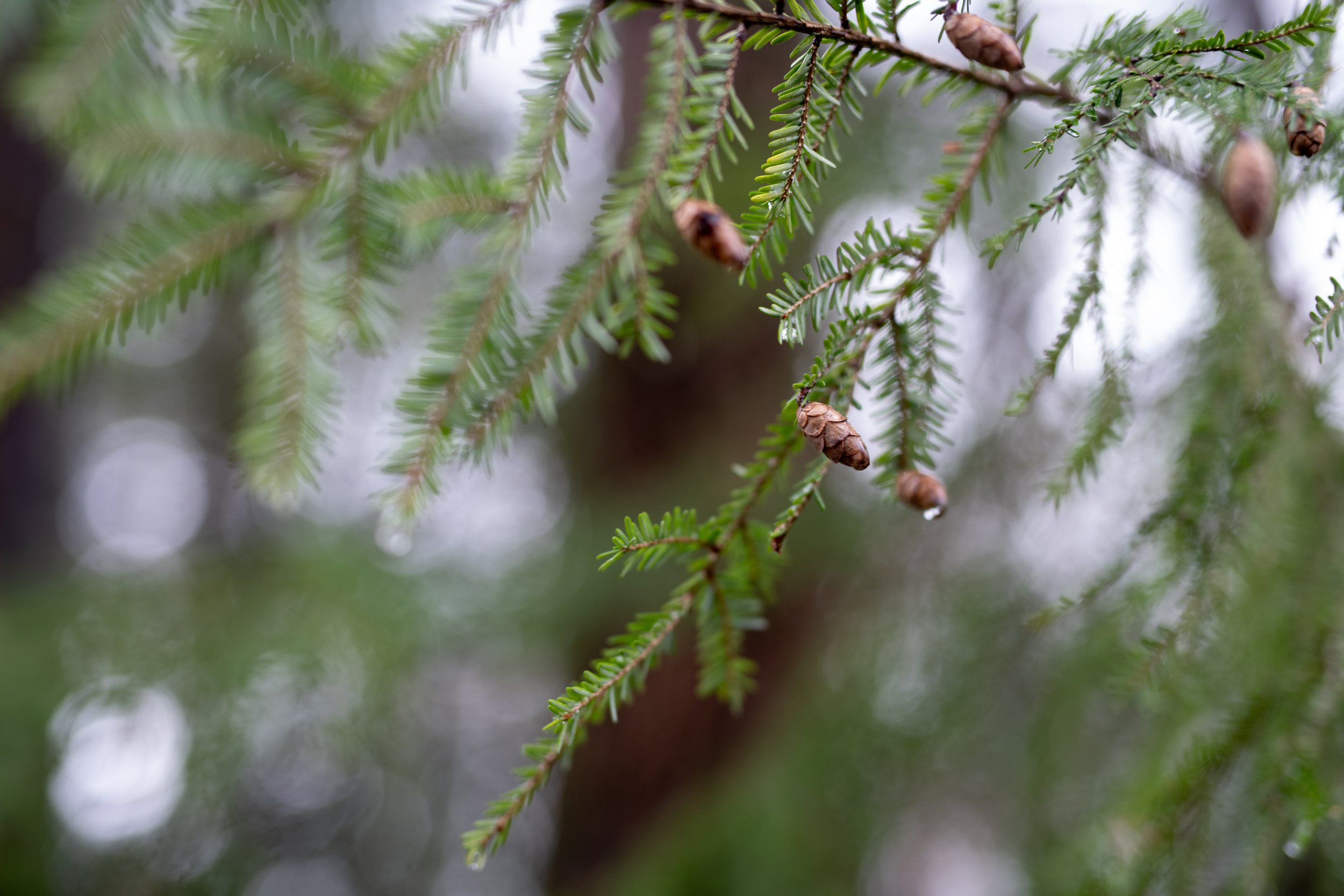
Eastern Hemlock, True to Appalachia
The Eastern Hemlock (Tsuga canadensis) has a quiet resilience like none other. These gentle giants reside in sheltered cove forests of the Appalachias and promote their local communities through temperature regulation, shelter, and food availability. Read on to learn about the biggest threat to their population.
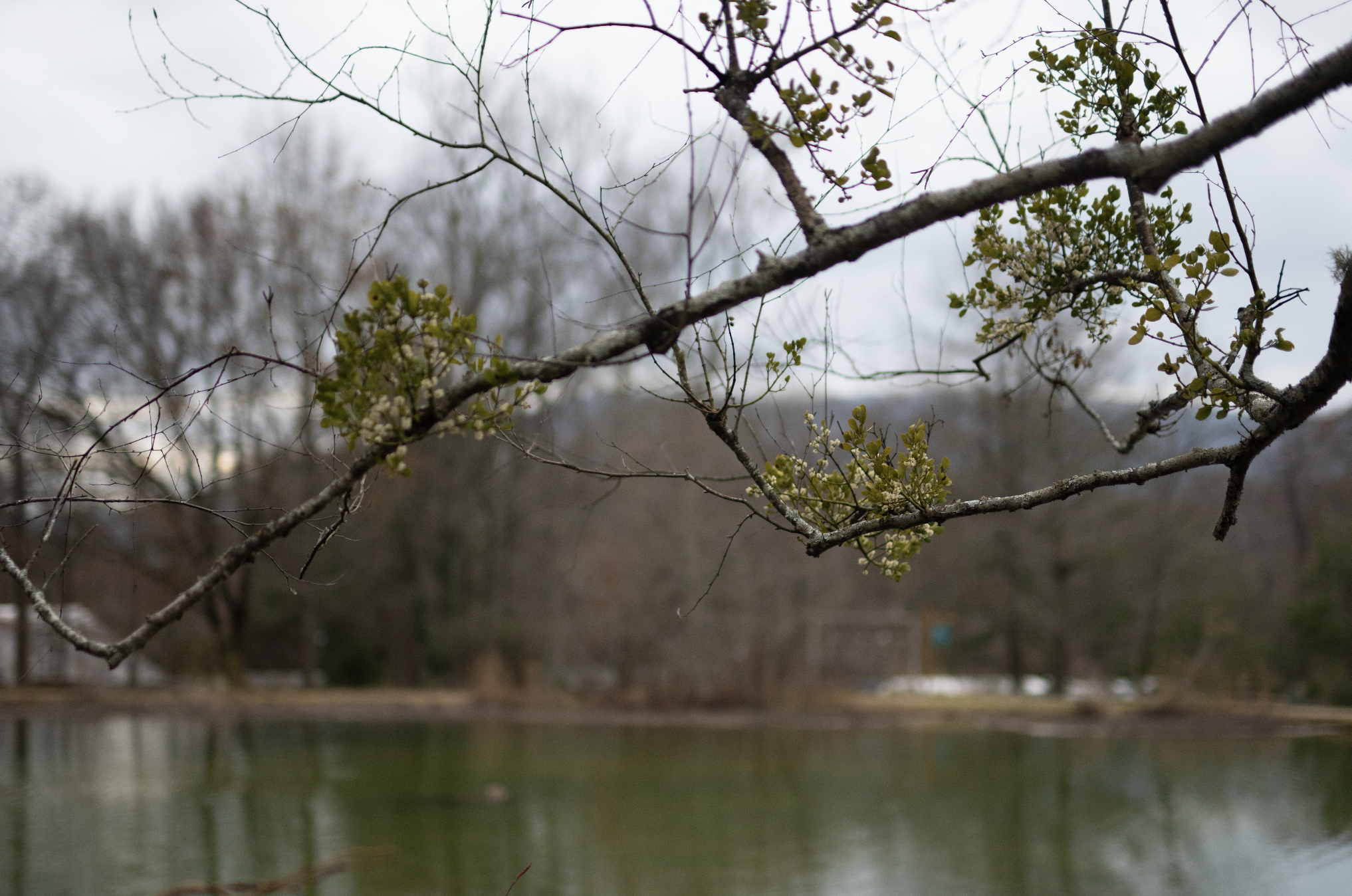
American Mistletoe
American Mistletoe (Phoradendrum leucarpum) is a broadleaf evergreen that continues to shine past the holiday season. Often a symbol of love and peace in the human world, this plant serves a much more complicated role in ecology.
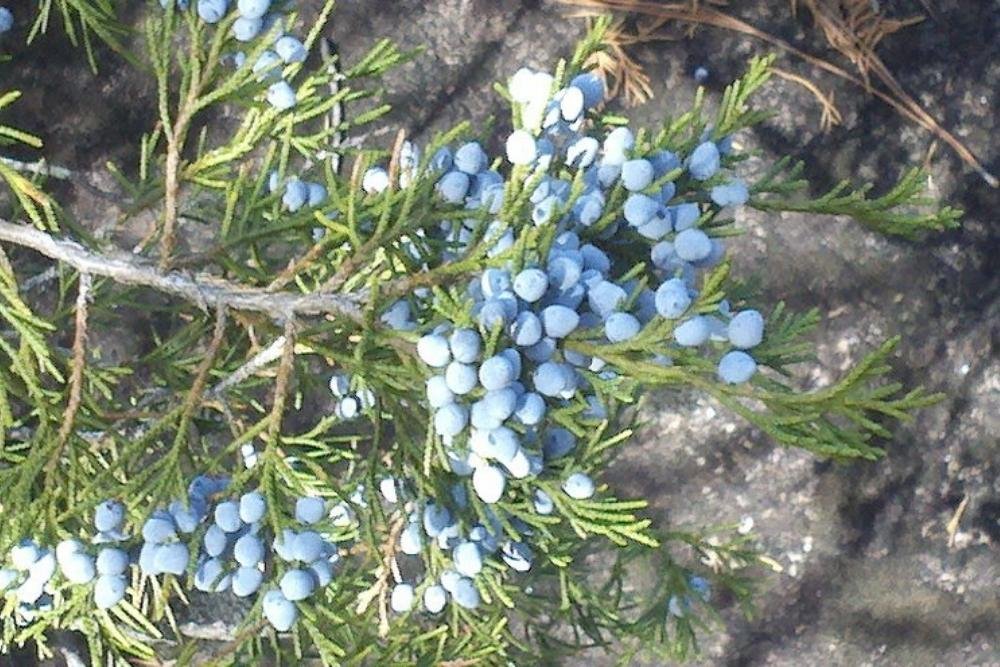
Eastern Red Cedar
Eastern Red Cedar is a confusing name for this species, since it’s a juniper, not a cedar. Juniperus virginiana is native to the eastern half of the United States and southeastern Canada. Many of us have seen this tree around our neighborhoods or along roadsides but may not have paid much attention to it. However, it’s a valuable member of our flora.
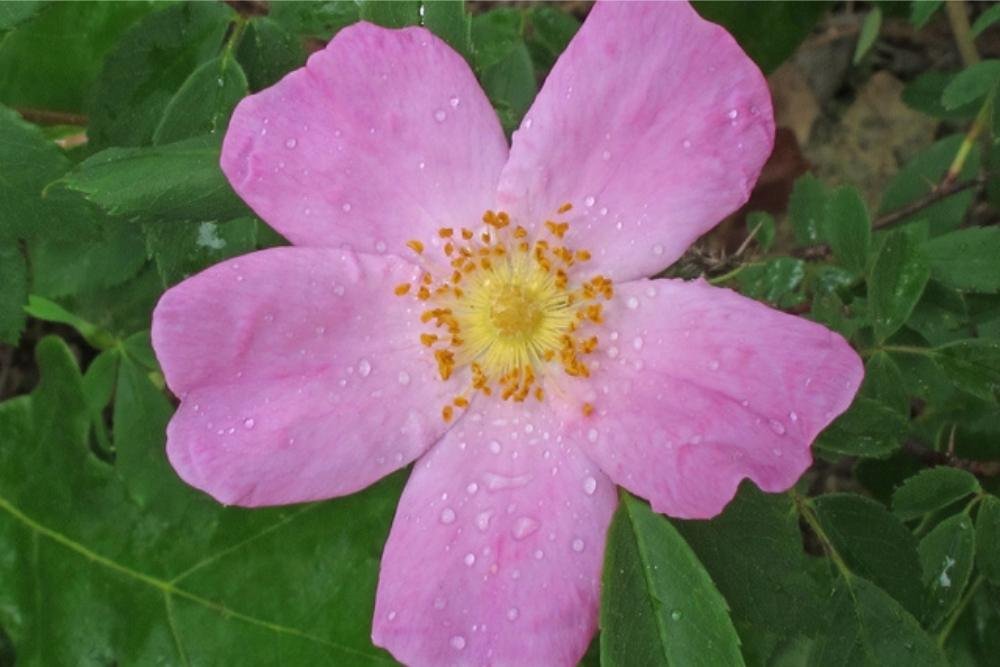
Carolina Rose
Carolina Rose – Rosa Carolina – is a member of the Rose (Rosaceae) family and is a perennial, deciduous, shade-loving flowering shrub that has many 2-3-inch flowers from June through August. Of course, if given full sun, it will produce a myriad of large, pink blossoms. It is native to the eastern and central United States and grows to a height of 3 to 6 feet tall and a diameter of 5 to 10 feet.
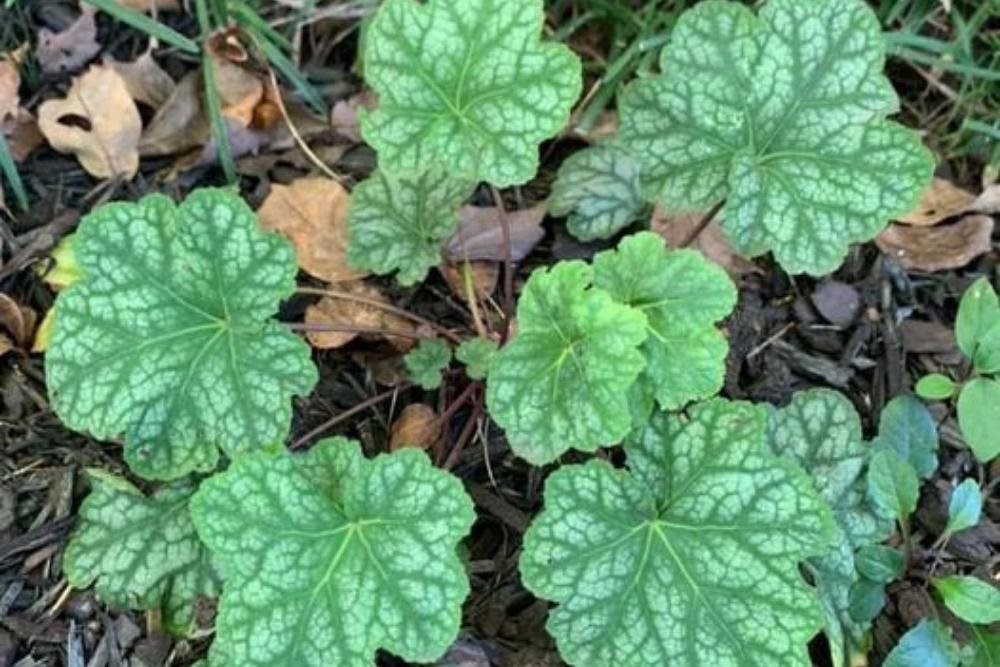
Coral Bells, American Alumroot
Coral Bells – Heuchera americana – A gardener’s workhorse and a centuries-old classic, the Alumroot/Coral Bells are a native genus of wonderfully attractive, clump-forming, herbaceous perennials in the highly diverse Saxifrage family - Saxifragaceae. Generally hardy from USDA zones 4 through 9, some species are adaptable in zones 3 through 11; alumroot/ coral bells are as reliable as they come in the plant world.
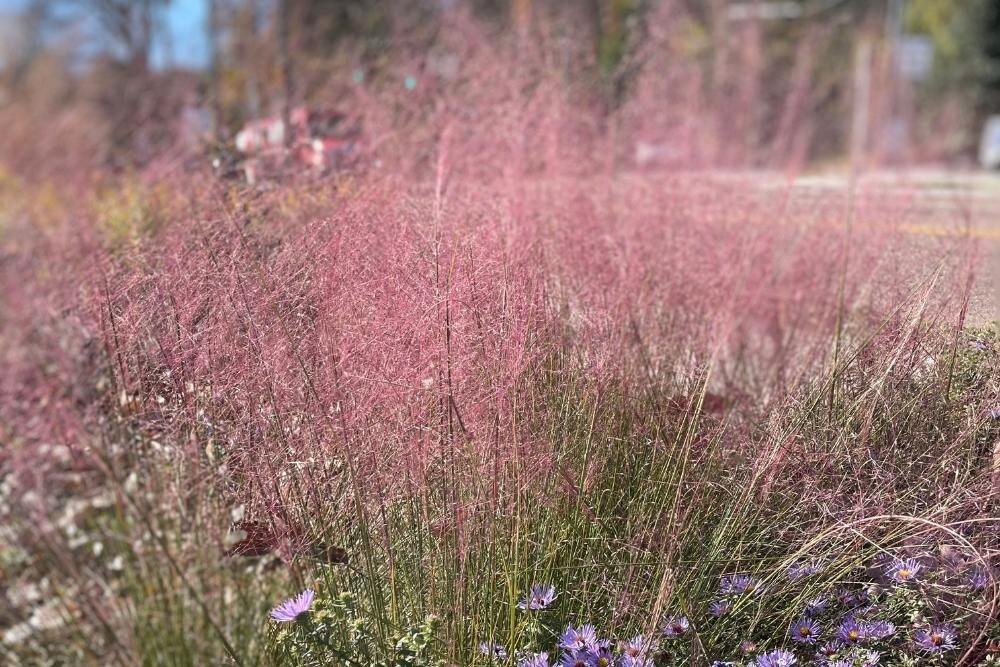
Muhly Grass
Muhly Grass (Muhlenbergia capillaris) is a perennial native grass that has become a very popular addition to many gardens and landscapes. Its most common name is Muhly Grass. The genus Muhlenbergia is in the grass family, the Poaceae. It is often used as an accent plant in gardens, as filler for disturbed areas, or in large groups for a visually stunning effect. As autumn approaches, Muhly Grass takes center stage when it bursts forth with its wispy purple/pink spikes of flowers.
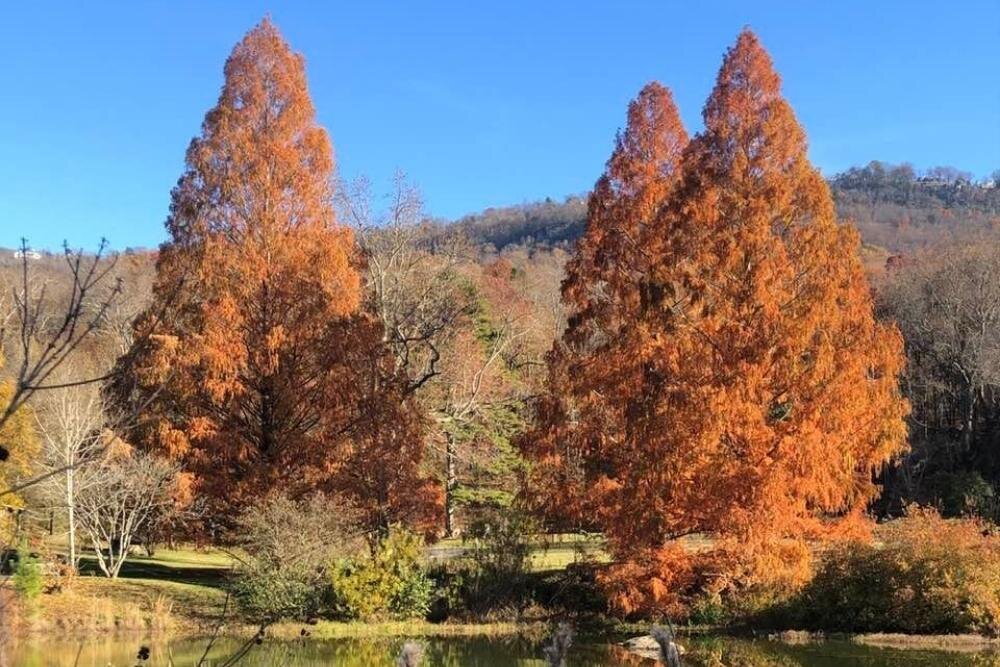
Dawn Redwood, a Living Fossil
Dawn Redwood (Metasequoia glyptostroboides) is closely related to Bald Cypress (Taxodium distichum) – both being in the Cypress family, the Cupressaceae. What’s perhaps most fascinating about Dawn Redwood is its discovery, after a botanist discovered a fossil and thought this tree extinct. Come see our “living fossils!” They’re beautiful at all times of the year, and their buttressed and furrowed trunks are a sight to behold.
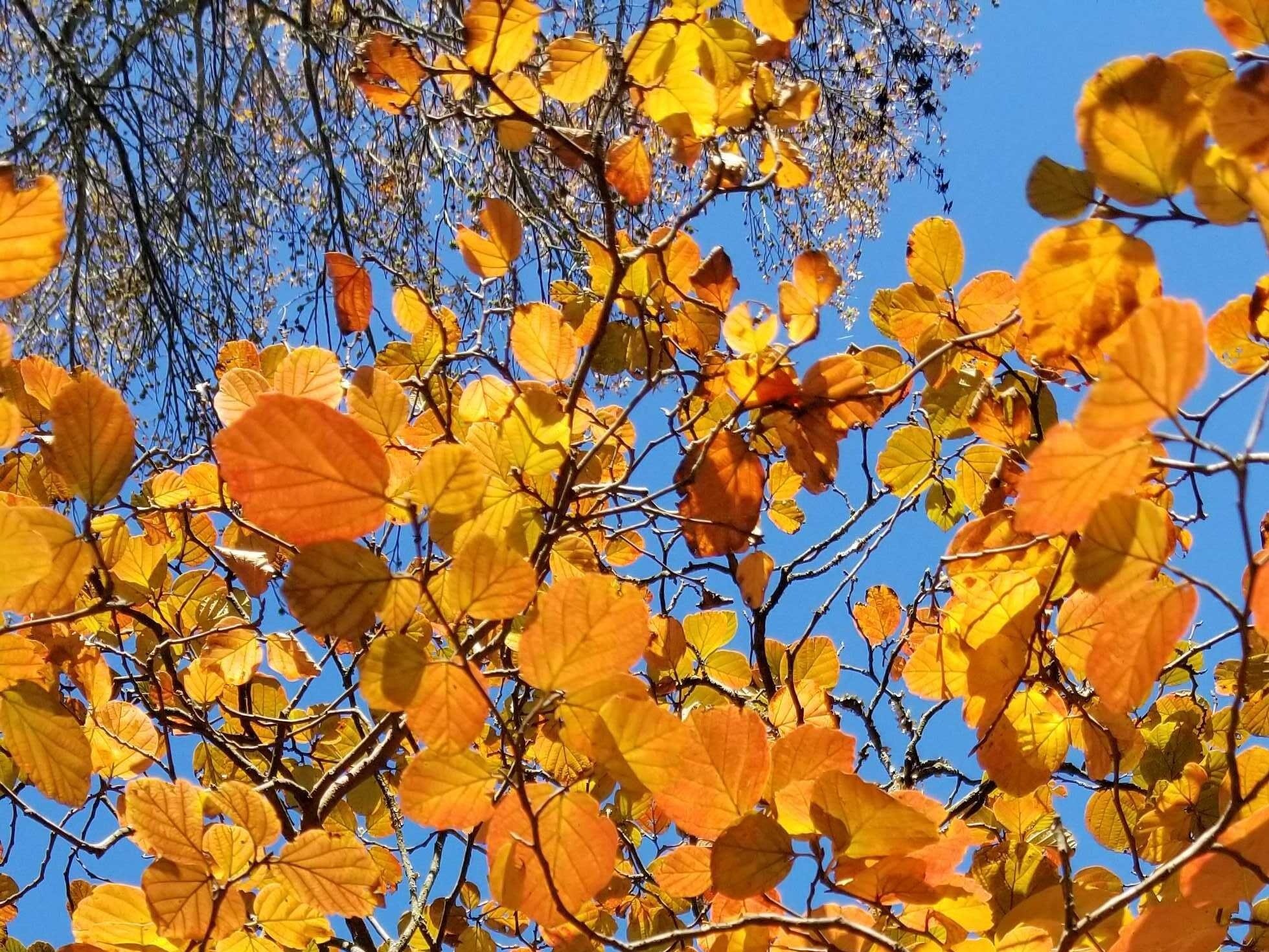
Fothergilla - Witch Alder
Fothergilla or Witch Alder – (Fothergilla major and other species) – both the dwarf and the standard species add beautiful autumnal color to any garden. These species (F. gardenia and F. major) are native to the southeastern portion of the United States. They are in the witch-hazel (Hamamelidaceae) family and produce white, showy, fragrant, bottle-brush flowers from April through May. The fruits ripen in mid to late autumn. Fothergilla produces two seeds contained in a capsule that, after drying on the stem, will explosively rupture to send the seeds to the nearby environment.
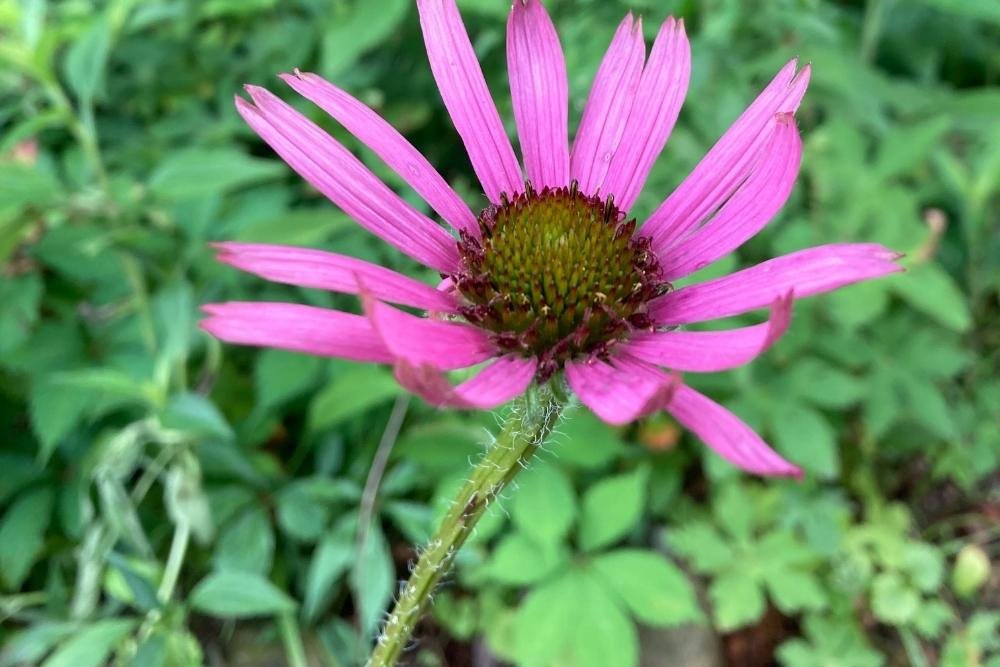
Native or Endemic...and a Plant That is Both
The term “native” is frequently used in regard to plants, but what exactly does it mean - and how does it differ from the term “endemic” plant?
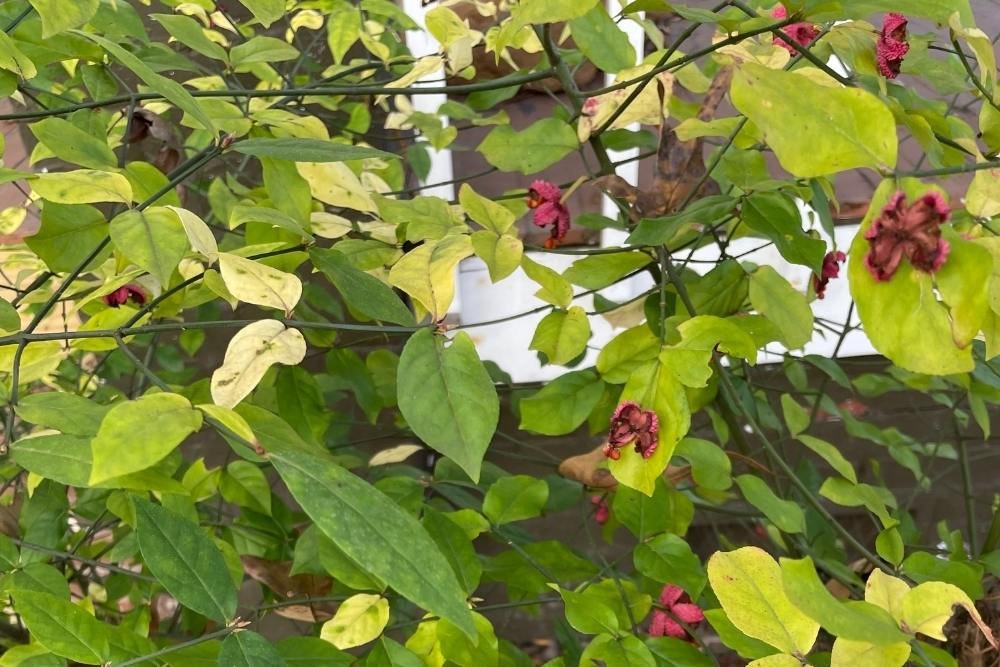
Strawberry Bush
Strawberry Bush – Euonymus americanus – is a deciduous, perennial shrub native to the southern and mid-Atlantic US. It grows to a height of 4 to 12 feet with a similar diameter and makes an excellent background or specimen in the landscape.
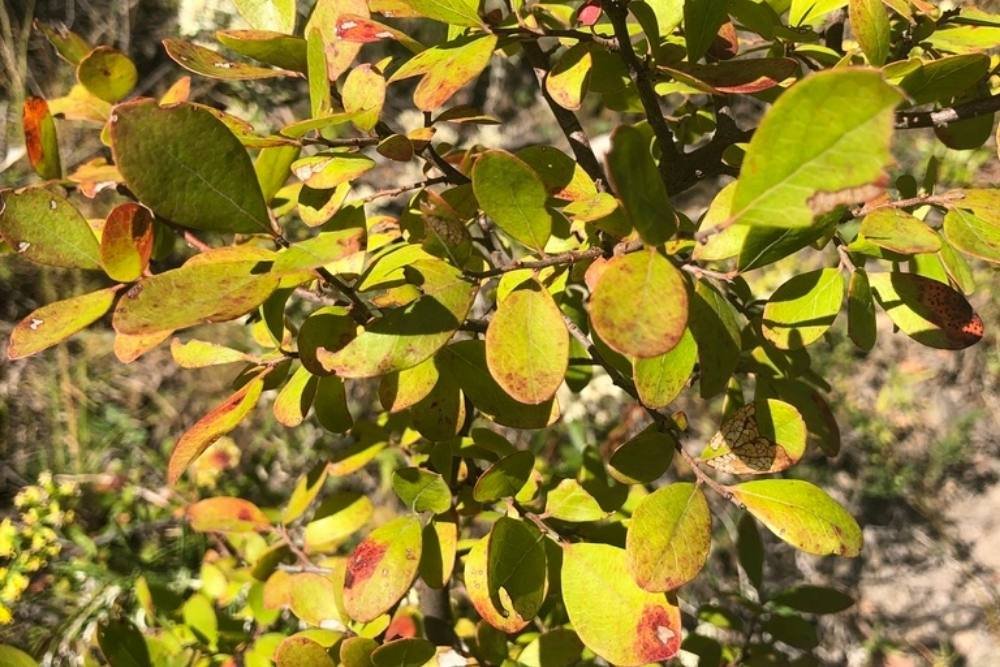
Sparkleberry
Sparkleberry (Vaccinium arboreum) is a semi-evergreen large shrub or a small tree that is the tallest of the blueberry Genus and grows in the southern United States. Its bright, glossy leaves will turn red to burgundy in the fall, and many will hold on most of the winter. One of its best characteristics is its exfoliating bark, with rich grey, brown, orange, and red often all present on older plants. In late spring or early summer, plants with decent sun become covered in showy, white, bell-shaped flowers. Its heat and drought tolerance are legendary once it is established, and it is one of the most handsome understory native species we have.
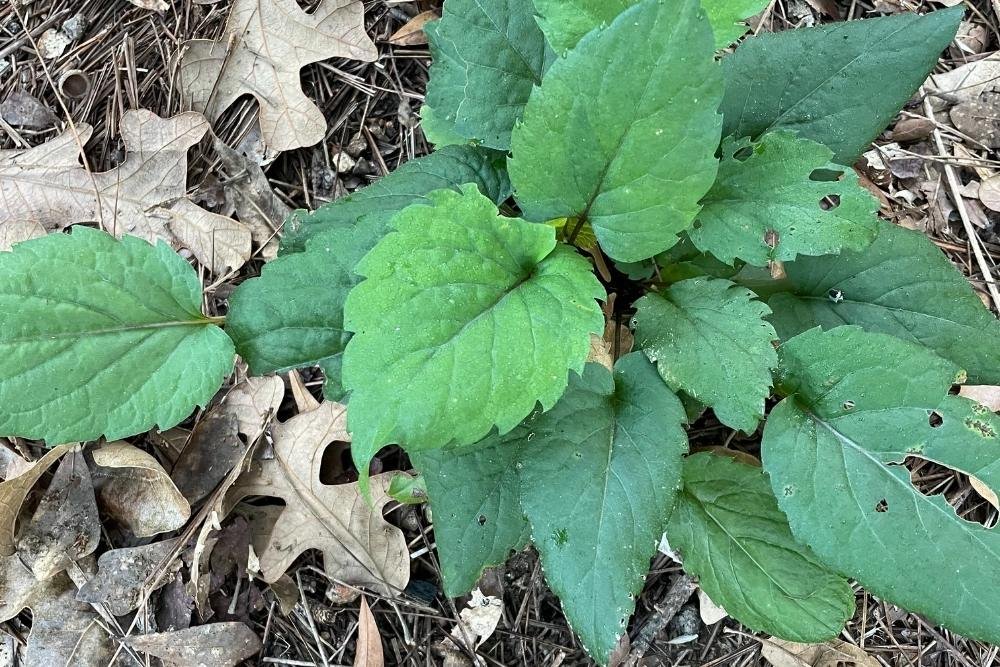
White Wood Aster
White Wood Aster – Eurybia (Aster) divaricata – is an herbaceous perennial found in the eastern U.S. This plant, with lush green foliage and dark stems, is hard to beat in summer. Then, in the late summer, one tiny white bloom will appear, then two more, until it is covered with white blooms that last for more than a month. Like many asters, it blooms when few other plants do and is invaluable as pollinator forage and for people who enjoy the blooms. Remember this, and never plant a garden without some asters!

The American Chestnut Tree
The American chestnut tree, Castanea dentata (C. dentata) was once one of the most dominant tree species of deciduous forests in the eastern United States. The effort to restore the American chestnut species involves developing American chestnut populations that are resistant to blight.
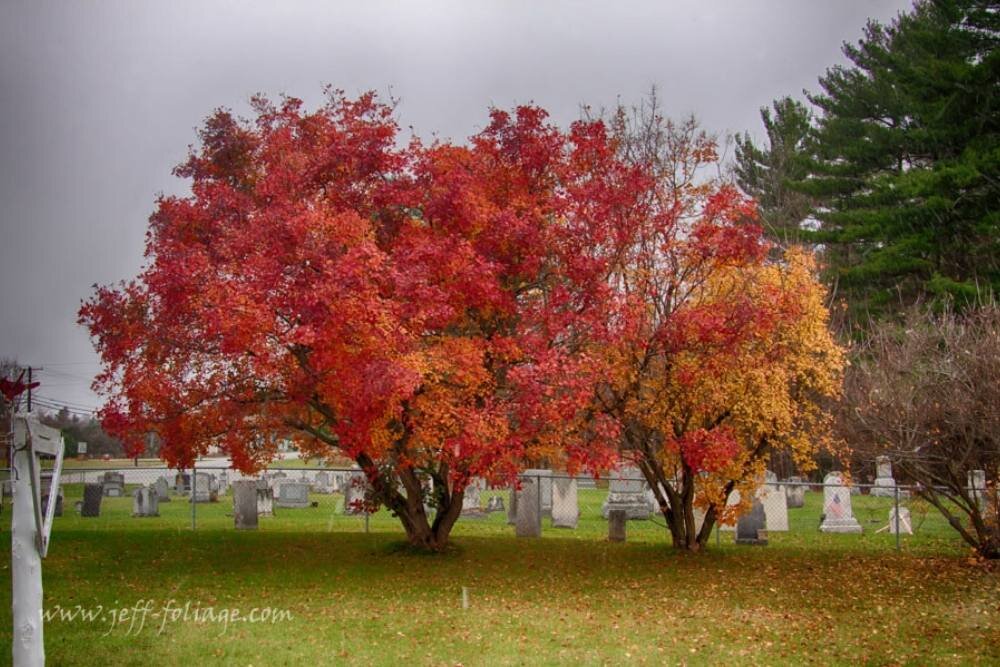
American Smoketree
Once abundant in the Southeast, the native American Smoketree (Cotinus obovatus), was detrimentally harvested in large quantities to extract dye during the Civil War Era. The heartwood of the smoketree is a vibrant yellow-orange color that was used in soldiers' uniforms and sashes. Today, it is rare to see a native smoketree in the wild, even on our 300-acre property. One of our only specimens resides on the eastern side of our Upper Pond.

